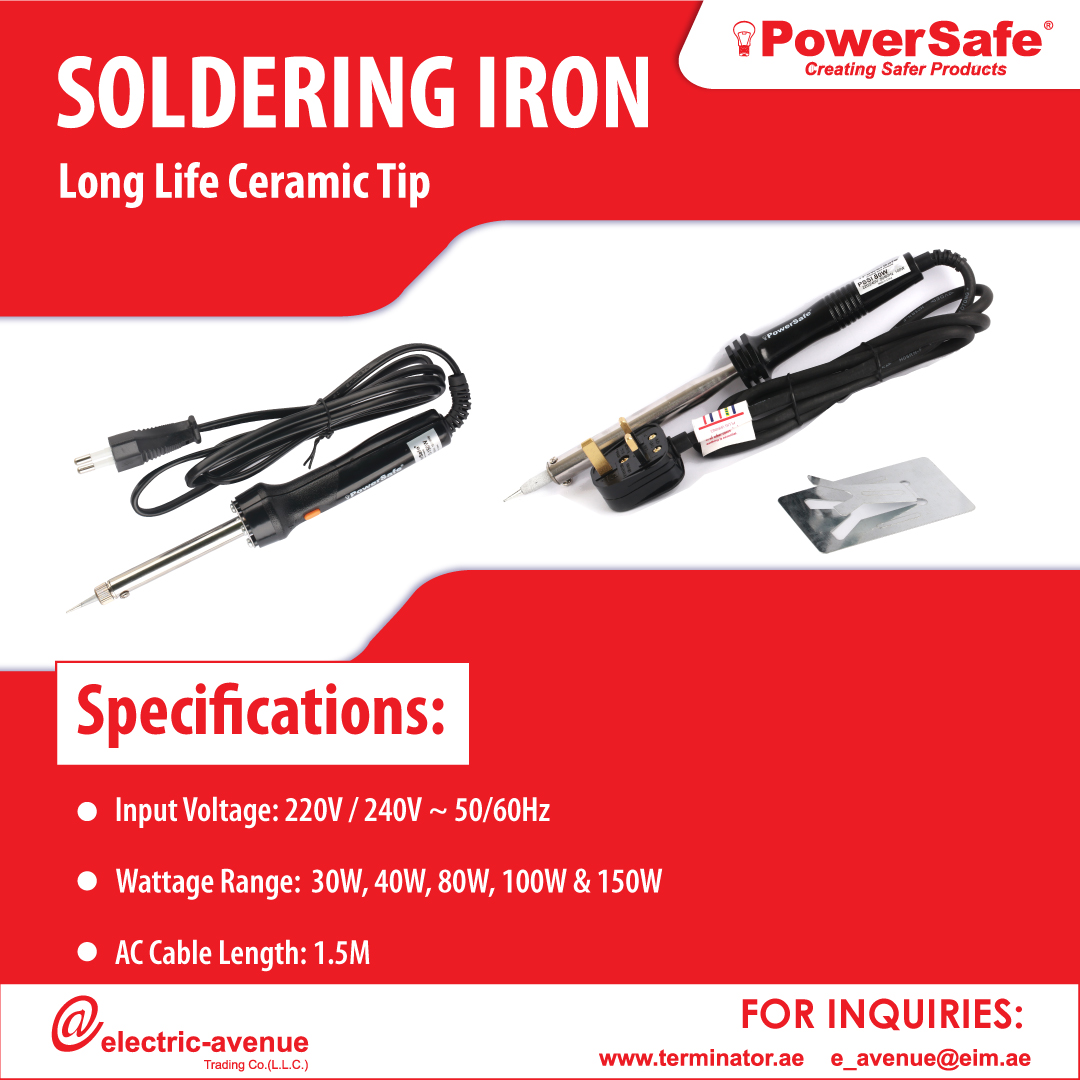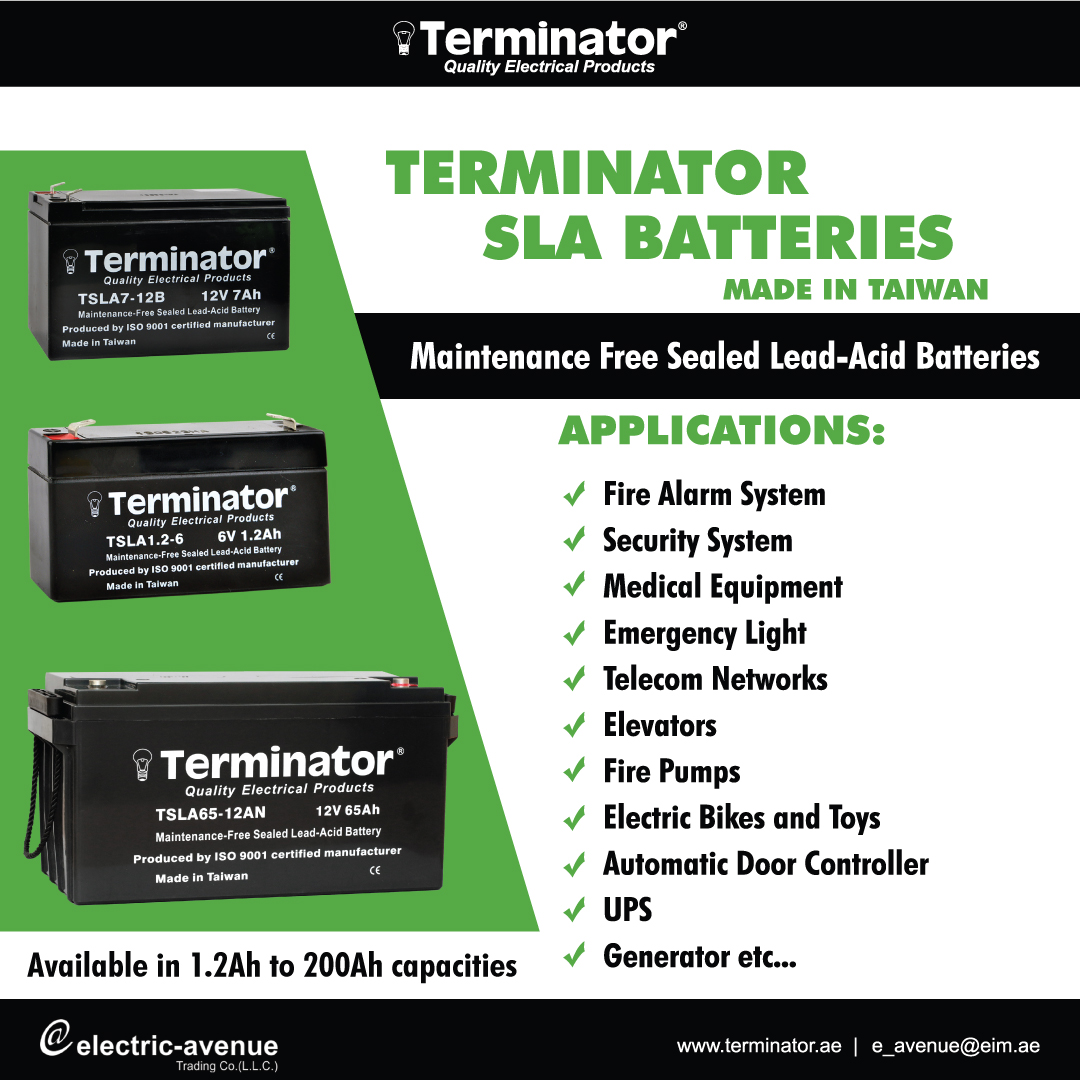When dealing with high-power devices, selecting the right socket is crucial for safety, efficiency, and performance. Devices such as air conditioners, heaters, industrial machinery, and ovens demand specific socket designs and capabilities to handle high power without risking damage or hazards. This guide explores the key factors to consider when choosing the best sockets and switches for such applications.
1. Understand Power Ratings and Requirements
The power requirements of a device are usually expressed in watts (W) or kilowatts (kW) and often include voltage (V) and current (A). Understanding these specifications helps ensure the socket can handle the device’s load.
Example:
- Device: 2 kW water heater
- Voltage: 220V
- Current: 2000W ÷ 220V = ~9.1A
A socket rated for at least 10A should be used for this device.
2. Check the Ampere Rating
The ampere (A) rating of a socket determines how much current it can safely handle. For high-power devices:
- 10A-16A sockets: Suitable for medium-duty devices like microwaves or coffee machines.
- 16A-32A sockets: Ideal for heavy-duty appliances such as air conditioners or electric stoves.
- Above 32A: Often required for industrial-grade equipment.
Tip:
Always choose a socket with a higher ampere rating than the device’s maximum current requirement to allow for a safety margin.
3. Material Quality
The construction material of the socket plays a significant role in durability and safety:
- Heat-resistant plastics: Prevent melting during prolonged use.
- Brass or copper contacts: Ensure better conductivity and reduce heat buildup.
- Insulation: High-quality insulation minimizes the risk of electric shocks.
4. Socket Design
The socket design must align with the plug type of the device:
- Three-pin sockets: Include an earth pin for grounding, which is essential for high-power devices to prevent electric shocks and short circuits.
- Industrial sockets: Feature rugged designs with additional protection from environmental factors, such as moisture or dust.
- Smart sockets: Offer advanced features like overload protection and energy monitoring.
Example:
An industrial freezer used in outdoor environments may require a waterproof socket with an IP65 rating to withstand harsh conditions.
5. Voltage Compatibility
Devices and sockets are often rated for specific voltage ranges:
- 110-120V sockets: Common in North America.
- 220-240V sockets: Common in Europe, Asia, and many other regions. Ensure the socket matches the voltage requirements of your device and power supply.
6. Overload and Surge Protection
High-power devices can cause surges or draw excessive current during startup. Sockets with built-in surge protection and overload cut-off mechanisms help prevent damage to devices and reduce fire risks.
Example:
A washing machine with a motor may draw a surge current when starting. A socket with surge protection ensures the spike does not damage the machine or the circuit.
7. Environment and Location Considerations
The environment where the socket will be used influences the type of socket to choose:
- Indoor: Standard sockets with appropriate ratings.
- Outdoor: Weatherproof sockets with additional sealing.
- Industrial: Heavy-duty sockets with reinforced insulation and higher IP ratings.
Example:
For an outdoor electric grill, a weatherproof socket with an IP55 rating can protect against water sprays and dust.
8. Compliance with Standards
Sockets for high-power devices must comply with safety standards set by organizations such as:
- UL (Underwriters Laboratories): Common in North America.
- IEC (International Electrotechnical Commission): Global standards.
- CE (Conformité Européenne): Used in Europe.
9. Future-Proofing
Invest in sockets that offer versatility for potential upgrades or new devices. Features like universal compatibility, smart integration, and modular designs can help you adapt to changing needs.
Wrap Up
To sum it up, choosing the right socket for high-power devices involves a careful analysis of the device’s power requirements, the socket’s ampere rating, design, and additional features like surge protection and material quality. Prioritize safety by adhering to recognized standards and always select sockets that exceed the minimum requirements of your devices. By doing so, you ensure reliable operation, enhanced safety, and a longer lifespan for your electrical appliances.



